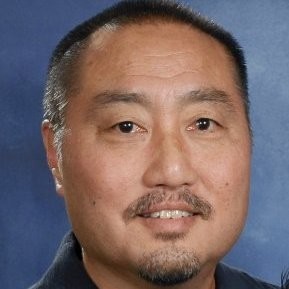Get social—or else!
Social media. Those two words incite a range of reactions out of providers—from irritation to bewilderment, from confusion to acknowledgement. Facebook, Twitter, Google+, YouTube, Pinterest—there are so many social media tools out there, what’s a provider to do?
Lest we think that social networking is the exclusive domain of the young, consider these incredible statistics from the Pew Research Center:
● Social networking site use in the 50-64 year old population skyrocketed from 6 percent in 2005 to 51 percent in 2011, nearly a tenfold increase. For the 65+ population, it went from less than 1 percent in 2005 to 33 percent in 2011.
● Use of social networking sites on a typical day was below 1 percent for both age categories in 2005 but soared to 32 percent in 2011 for the 50-64 age group and 15 percent for the 65+ age group.
● In six months, from November 2010 to May 2011, Twitter use among the 55-64 age group doubledwhile usage among the 65+ group grew by 50 percent. In contrast, during the same period, usage by the 18-24 age group increased by only 12.5 percent.
Let’s face it, providers have a dizzying number of items on their ‘to do’ list every day. And I know that participation in social media is not high on that list. However, know this—for your residents, their families and friends, social media increasingly more important, as evidenced by the statistics above.
Furthermore, with growing frequency, they are using social media to not only research healthcare issues, but also voice their feelings, experiences and thoughts about you. So, the question is, do you want them talking about you or with you?
It’s called social media for a reason…
You’d be surprised how many people forget how to be social once they get online. Social media is meant to be interactive—tools such as Twitter and Facebook are useful and plain fun when the participants exchange ideas, converse and support one another. My mother used to remind me that when someone talks to you, it’s only polite to respond back. Mom understood the basis for social media even before it was around.
So when someone takes the time to like you on Facebook or re-tweet a tweet of yours on Twitter, make sure you respond. Providers, you don’t need an army of staff participating in your social media strategy, but what you do need is someone who will participate actively and consistently. The way you respond and participate in social media says a lot about your brand.
Getting started
Providers spend a good amount of time developing, monitoring and adjusting their marketing program, and they need to take the same approach with a social media strategy. Here are some suggestions:
● Start with a real person who will concentrate their efforts on actively participating in your social media accounts. Mind you, they don’t have to spend many hours per day participating, but they must be consistent and engaged.
● When it comes to social media, it’s just like your website: The content must be engaging. Try to avoid sounding like a commercial for your company or community. Promote your brand indirectly by concentrating on getting out great, useful content.
● As you’re out there participating, be professional but also be personable. People want to interact with a person—not a brand, company or community name and certainly not an automated sound bite. You will be successful building your brand and marketing your community by engaging the online community.
Join the conversation!
Participation in social media has become an essential aspect of a successful marketing program. It doesn’t supplant the more traditional aspects of your program, but it can do an effective job expanding the reach and effectiveness of your marketing efforts.
So go ahead, take a deep breath and join in the conversation. We’re all waiting for you.

Craig T. Fukushima, NHA, is partner at The Fox Group, a consulting practice that serves a wide range of acute and post-acute healthcare providers. He has worked in the LTC industry for more than 30 years, starting as a skilled nursing facility administrator and later as operations vice president. He hosts a Twitter discussion (second Tuesday of every month at noon EST) on issues related to Alzheimer’s disease at #talkalz.
Related Articles
Topics: Facility management , Technology & IT











